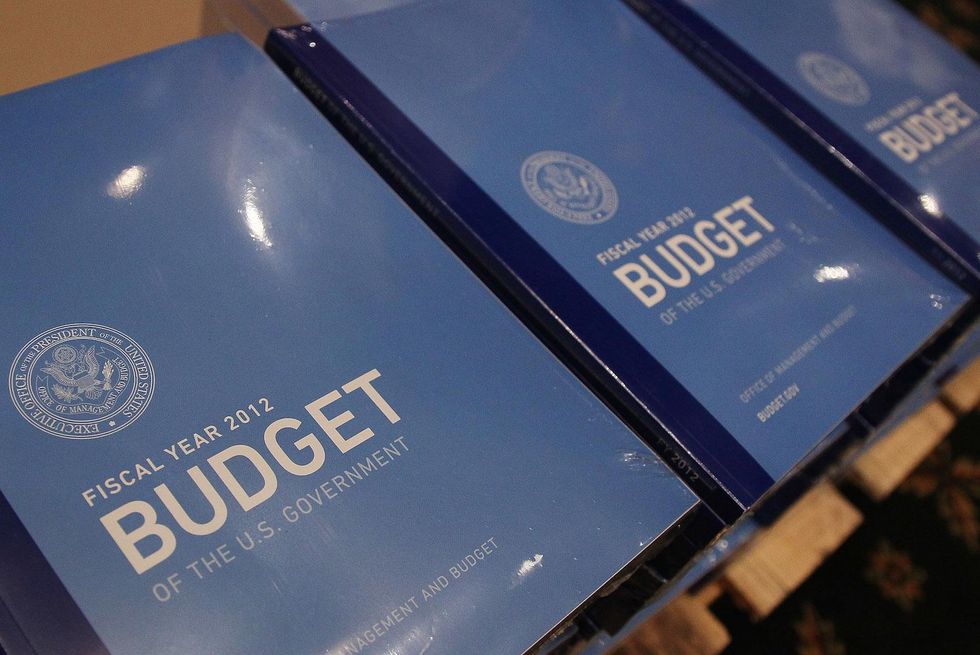
(Photo by Mark Wilson/Getty Images)

According to a Government Accountability Office report commissioned by Senate Budget Committee chairman Mike Enzi (R-Wyo.), the federal government spends $1.5 billion each year on public relations.
The report covers the time period between fiscal year 2006-2015, and found that the cost of advertising and PR contracts ranged anywhere from $800 million at the low point in 2012 to $1.3 billion at the high point 2009.
The Department of Defense was the driver of the costs as it employs the most PR staff, and has the highest combined salaries for those positions. The number of PR positions hit a high of 5,238 in fiscal year 2011, with, according to Americans for Tax Reform, a median salary of $90,000:
[T]he federal government has close to 5,000 public relations employees with a combined salary of close to $500 million per year averaged over the past decade. These employees have a median salary of close to $90,000 in 2014. According to the Census Bureau, the average median household income in 2014 was $53,657.
While the report acknowledged that it's often difficult to classify everything the federal government does in the pursuit of public communication as "public relations," it did detail some of the new platforms being used in public communication, perhaps contributing to the exorbitant costs of federal PR over the last decade:
In addition to more traditional public relations media such as television and radio, agencies are expanding the use of various media technologies to facilitate communication with the public. These media technologies include e-mail, websites, blogs, text messaging, and social media such as Facebook. The President and OMB have encouraged this use. For example, an OMB memorandum provided agencies guidance on using social media and other web-based technology to make government more transparent, participatory, and collaborative.
Interestingly, with billions being spent on public relations, the federal government "continues to be viewed less favorably than state and local governments."